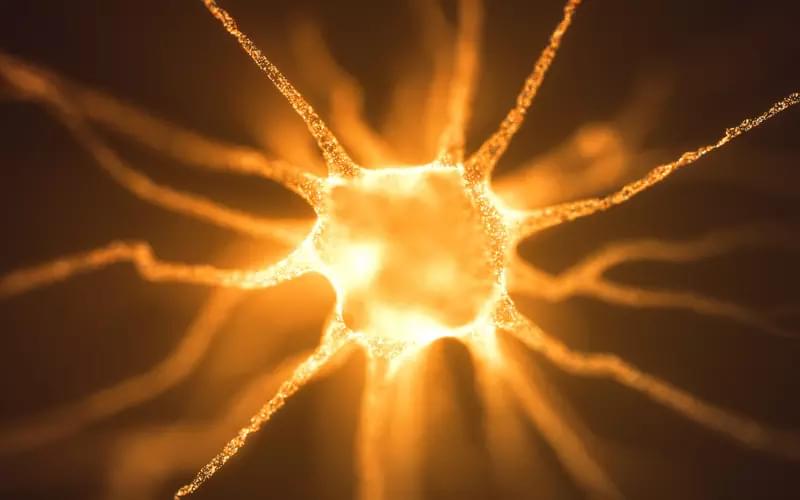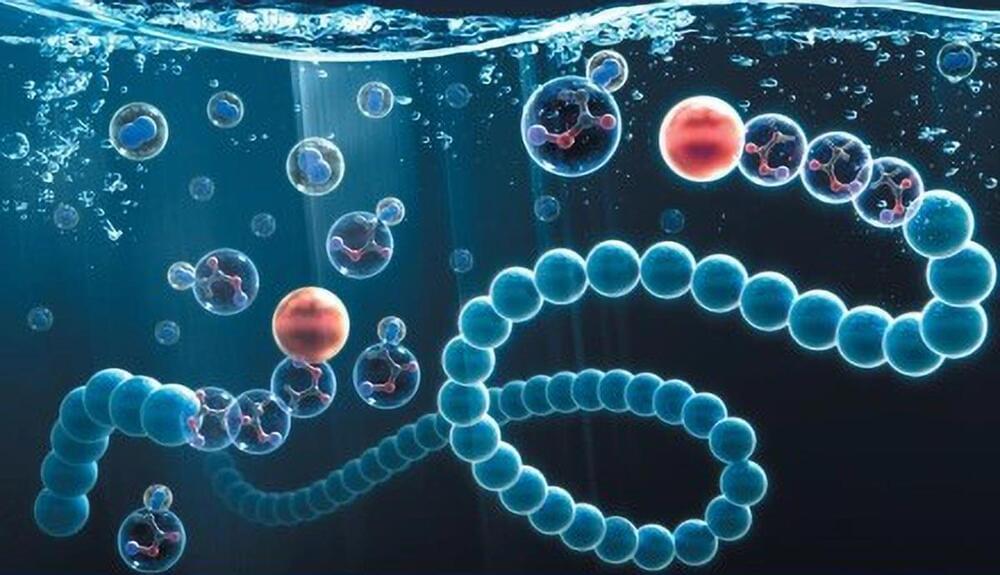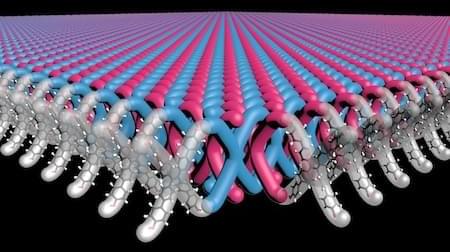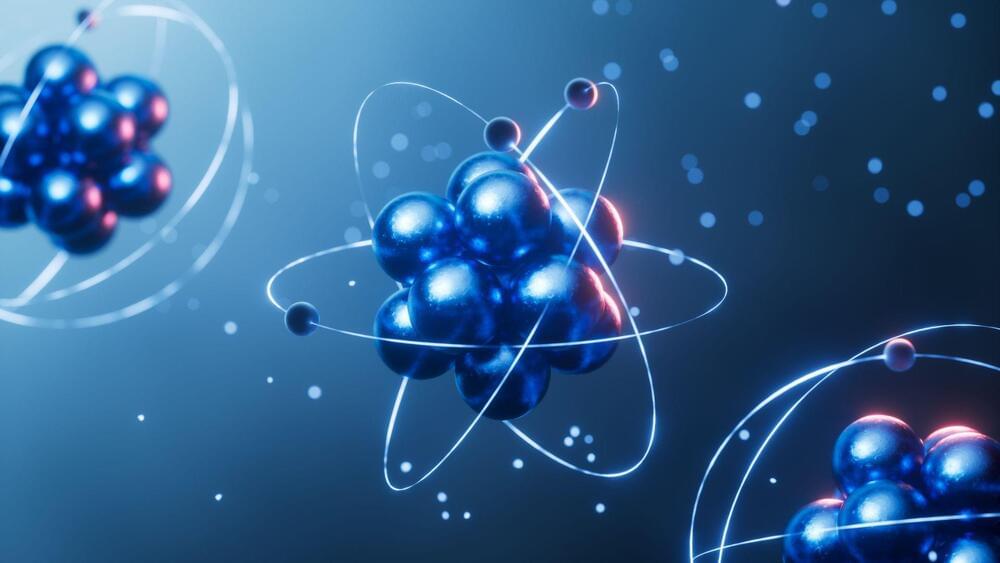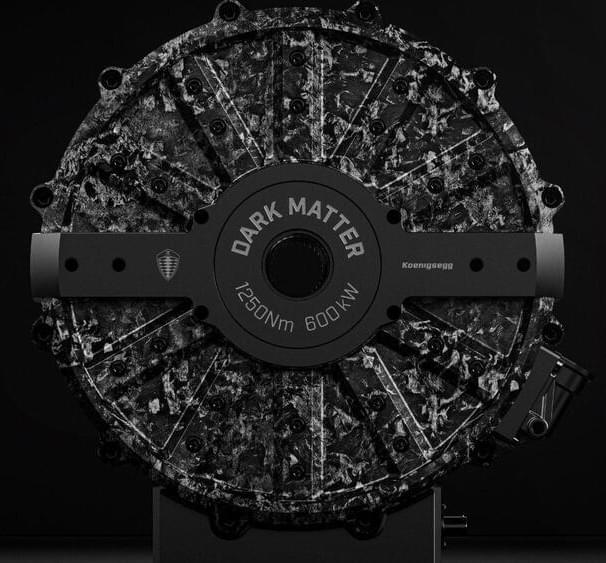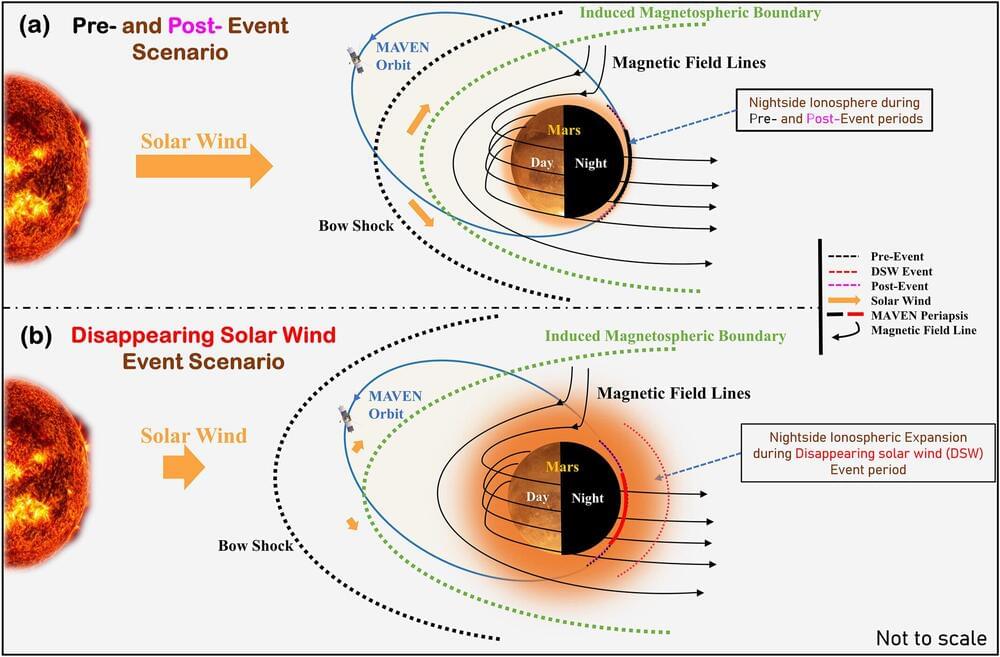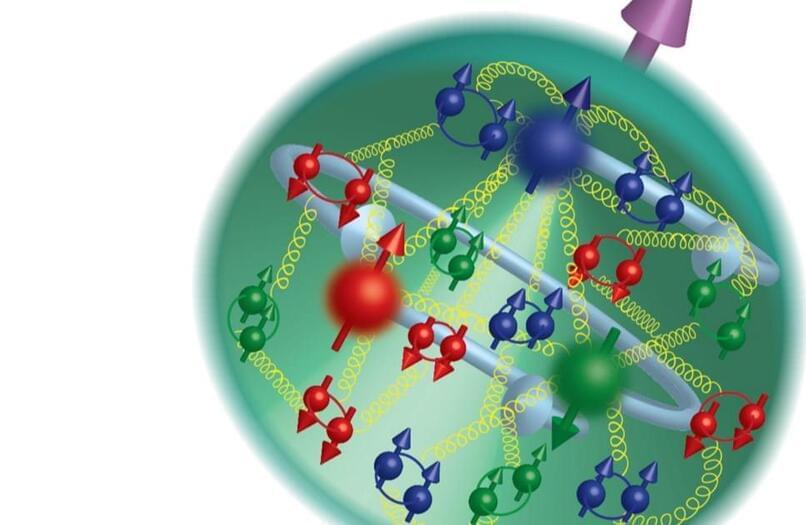Most of us assume reality is made up of physical matter. In line with this, scientists have built ever larger machines to identify the ultimate particles. Instead of getting closer to the most elementary bits in the universe, the particle zoo has got ever more complex and seemingly less like material stuff at all. Is there a danger that the very idea of an ultimate foundation to reality is a profound mistake? Some have proposed that instead of material, the ultimate foundation is to be found in consciousness, information, or even mathematics. But such proposals are no closer to identifying ultimate elements than particle physicists. Should we give up the attempt to uncover an ultimate foundation to the universe? Is our inability to find an ultimate foundation a limitation of language, or of our capacity to make sense of the world, or is it to do with the nature of reality itself?
Category: particle physics – Page 27
Scientists suggest paraparticles, a quasiparticle class, potentially redefining physics by challenging the fermion and boson classification.
For over 20 years, the Ihara research group at Ehime University has specialized in developing innovative methods for polymer synthesis using diazocarbonyl compounds as monomers.
They discovered that diazoacetate can be polymerized using a palladium (Pd)-based initiator to produce carbon–carbon (C–C) main-chain polymers, with each carbon atom in the backbone bonded to an alkoxycarbonyl (ester) group. Unlike traditional vinyl polymerization—where the polymer backbone is built from two-carbon units of vinyl monomers like ethylene and styrene—diazoacetate polymerization creates the C–C main chain from single-carbon units. This unique process, known as C1 polymerization, is a distinctive and significant feature of this synthesis method.
Nemourlon armor of reasonable weight resists penetration by most fragments and any bullet that is not both reasonably heavy and fairly high-velocity.’ — Jerry Pournelle, 1976.
Goldene — A Two-Dimensional Sheet Of Gold One Atom Thick ‘Hasan always pitched a Gauzy — a one-molecule-layer tent, opaque, feather-light, and very tough.’ — Roger Zelazny, 1966.
GNoME AI From DeepMind Invents Millions Of New Materials ‘…the legendary creativity of our finest human authors pales against the mathematical indefatigability of GNoME.’
Researchers experimentally demonstrated counterflow superfluidity, a quantum state where atoms flow in opposite directions simultaneously.
Theoretical physicists predict the existence of exotic “paraparticles” that defy classification and could have quantum computing applications.
By Davide Castelvecchi & Nature magazine
Theoretical physicists have proposed the existence of a new type of particle that doesn’t fit into the conventional classifications of fermions and bosons. Their ‘paraparticle’, described in Nature on January 8, is not the first to be suggested, but the detailed mathematical model characterizing it could lead to experiments in which it is created using a quantum computer. The research also suggests that undiscovered elementary paraparticles might exist in nature.
Meet the Dark Matter, the groundbreaking electric motor powering Koenigsegg’s new Gemera hypercar. Officially known as the Dark Matter Raxial Flux 6-phase E-motor, this revolutionary piece of technology debuted at the 2023 Goodwood Festival of Speed. Boasting an impressive 800 horsepower and 922 lb-ft of torque, while weighing just 40kg, the Dark Matter is hailed as the world’s most powerful automotive-grade electric motor. With its unique six-phase technology, it marks a major leap forward in electric vehicle engineering, surpassing the three-phase motors commonly used in most electric vehicles today.
The Dark Matter electric motor is considered the world’s most powerful automotive-grade motor, using a unique six-phase technology. This motor is a significant improvement over the three-phase motors commonly used in most electric vehicles today. The Dark Matter replaces the previous motor used in the Gemera, called the Quark.
Both the Quark and the Dark Matter are “raxial flux” motors, which combine features of two common types of electric motors: radial flux and axial flux. Radial flux motors offer more power but less torque, while axial flux motors are known for providing high torque but with less power. The key difference between these two designs is how the magnetic field travels through the motor. In a radial flux motor, the magnetic field path is longer, creating more power. In an axial flux motor, the magnetic field follows a shorter, more direct path, giving the motor more torque.
Mars’s atmosphere and climate are impacted by interactions with solar wind, a stream of plasma comprised of protons and electrons that flows from the sun’s outermost atmosphere (corona), traveling at speeds of 400–1,000 kilometers per second.
As these charged particles interact with the planet’s magnetic field and atmosphere, we may see spectacular auroras over polar regions on Earth. Given Mars’s lack of a global magnetic field, auroras here are instead diffused across the planet.
However, sometimes this solar wind can “disappear” in rare events when there is a gap in the solar wind path as the sun increases its solar activity. This occurs when a faster portion of solar wind overtakes a slower one in a corotating interaction region and incorporates it, leaving a lower-density void in the solar wind path.
A proton is the only stable example of a particle composed of three quarks. But inside the proton, gluons, not quarks, dominate.
Errors in quantum computers are an obstacle for their widespread use. But a team of scientists say that, by using an antimony atom and the Schrödinger’s Cat thought experiment, they could have found a way to stop them.
